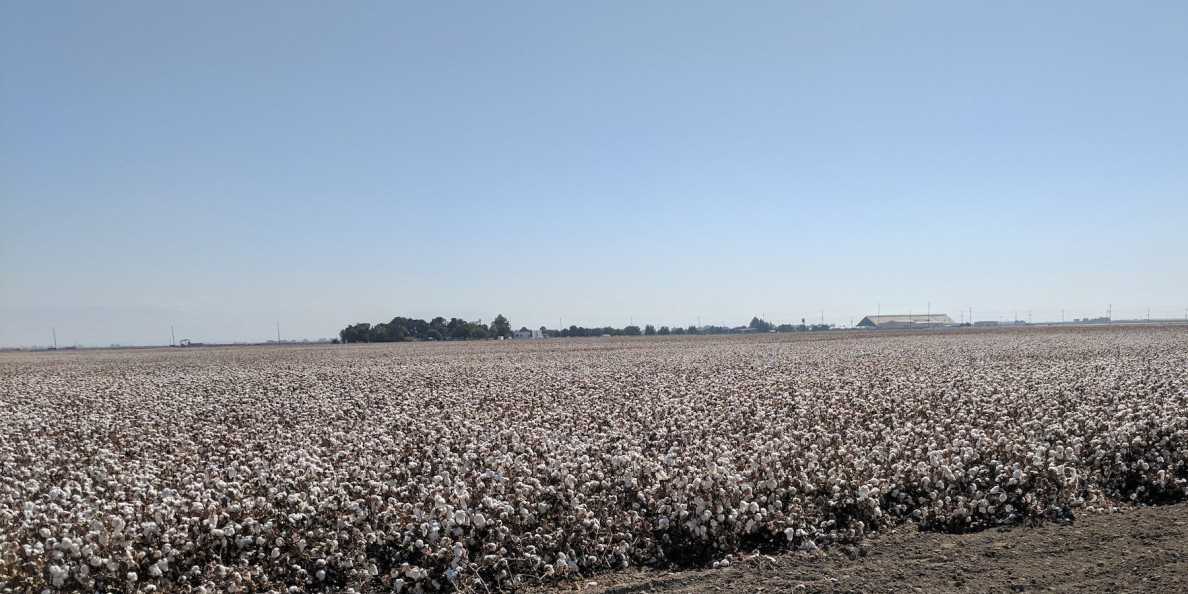The total amount of land on Earth is 33.1 billion acres. Of this, 10.3 billion acres is land that could be suitable for growing crops—and 36% of that land is already producing crops.[1] With the world population estimated to increase significantly by the year 2050, maximizing the productivity of these lands, while minimizing environmental impact, is crucial.
To that end, modern technology has enabled increased efficiency in cotton production. Specifically, 50% more cotton is produced worldwide today on the same amount of land as compared to 40 some years ago. And though cotton occupies less than 3% of the world’s agricultural land, cotton production provides two crops with each seasonal harvest: cotton fiber, which currently supplies 30% of the world’s textile fiber needs;[2] and cottonseed, a source of nutritious cooking oil and a protein-rich supplement for dairy cattle and aquaculture feeds.
Science and modern agriculture have enabled cotton growers around the world to produce more of this dual crop on less land than previous generations of farmers. And the hardy nature of the cotton plant allows it to thrive in environments that cannot sustain food crops.
Using Less Land to Produce More Fiber
Cotton Production Efficiency
Cotton’s global land use has declined 30% over the last 30 years, according to a report by Field to Market, the Alliance for Sustainable Agriculture.[6] In the U.S., declining cotton acreage has not hampered fiber yields, which have doubled over the past three decades even as planted acres have declined. These production efficiency gains have been made possible through the use of higher-yielding cotton varieties developed through both genetic modification and conventional breeding.
And each cotton harvest provides two crops: the familiar white fiber, and cottonseed, which can be used as a supplemental feed for cattle and farm-raised fish, or pressed to produce cottonseed oil, a favorite in the commercial food industry. For every pound of cotton fiber, cotton fields produce approximately 1.4 pounds of cottonseed.


